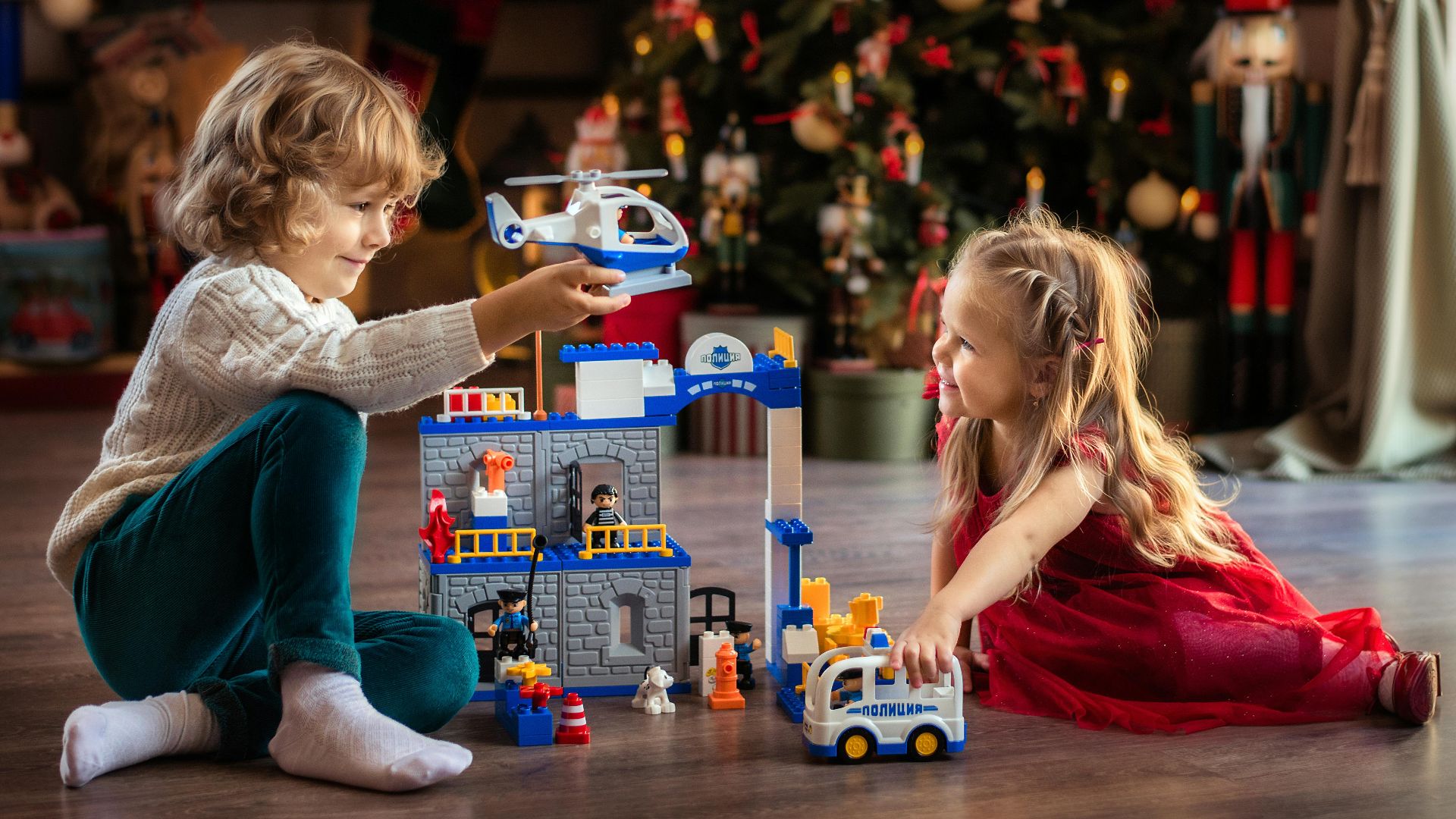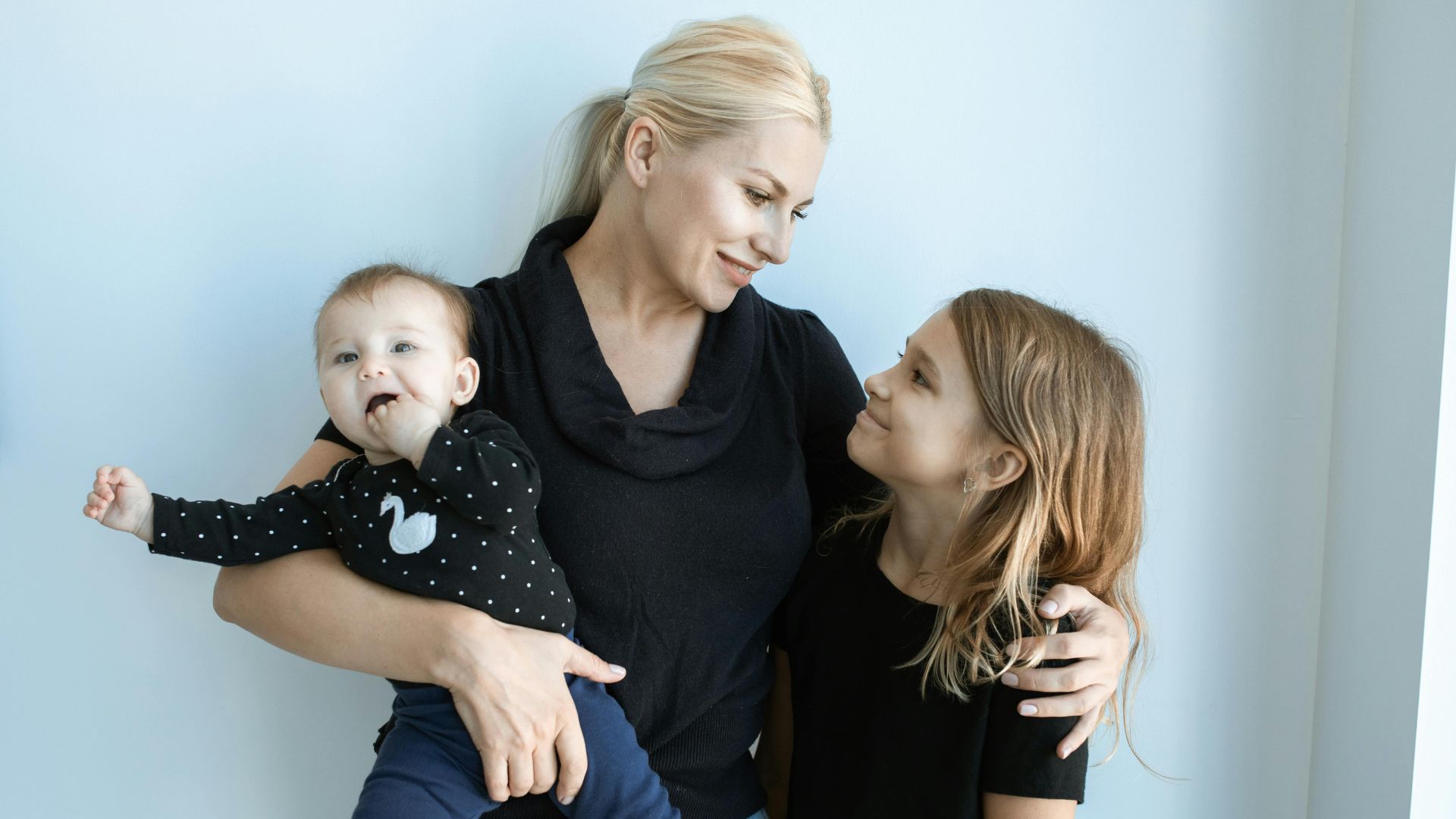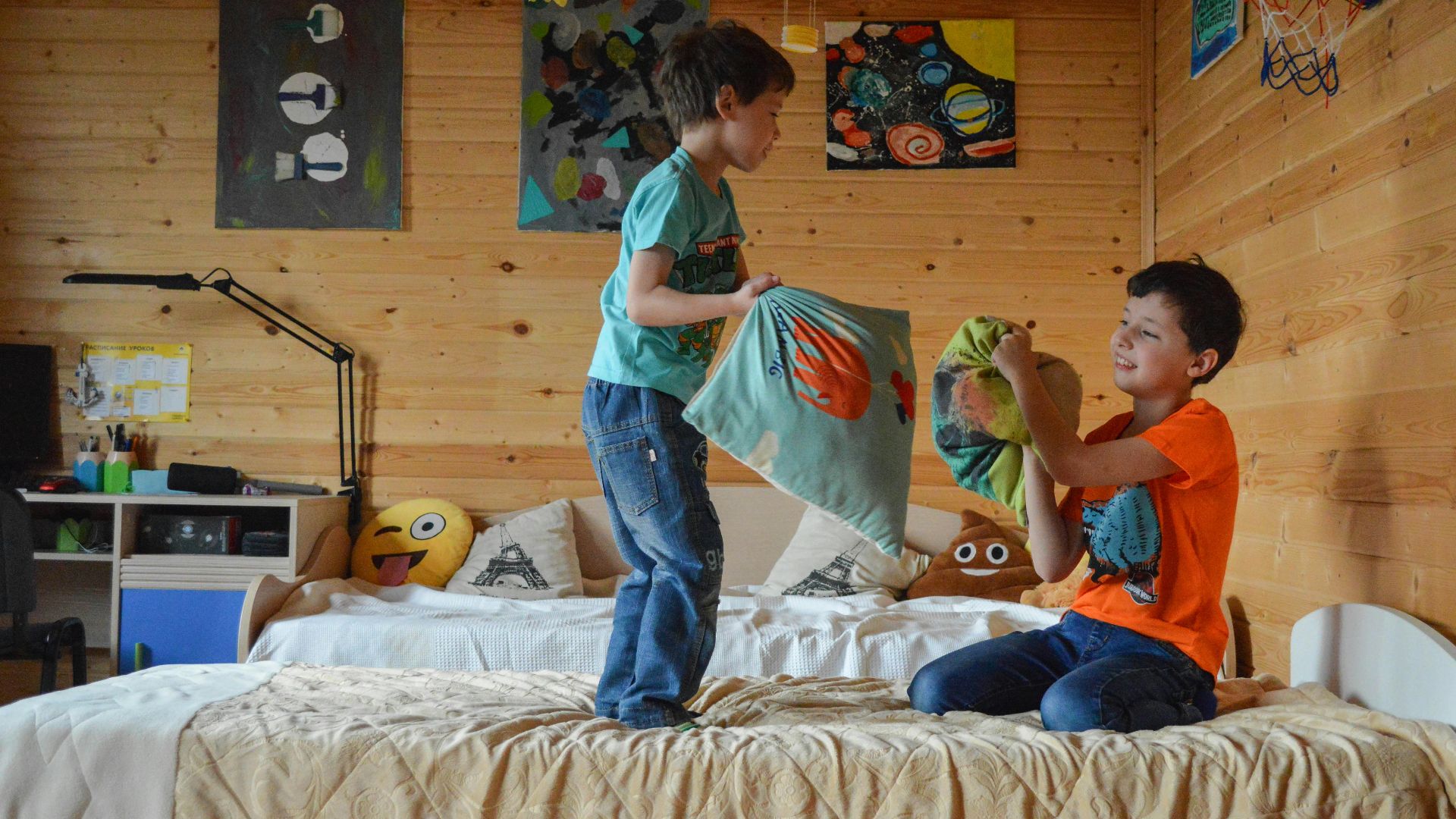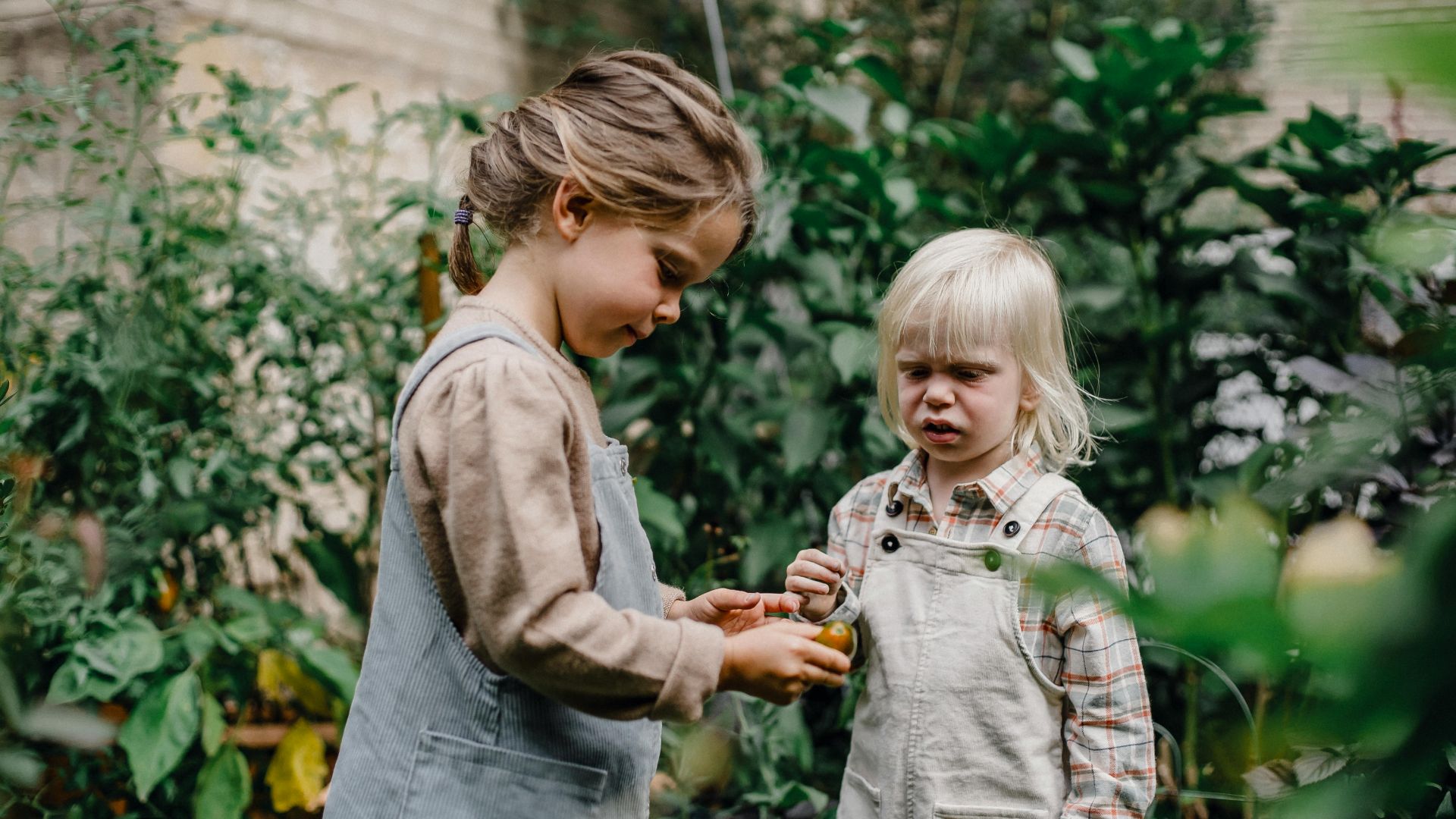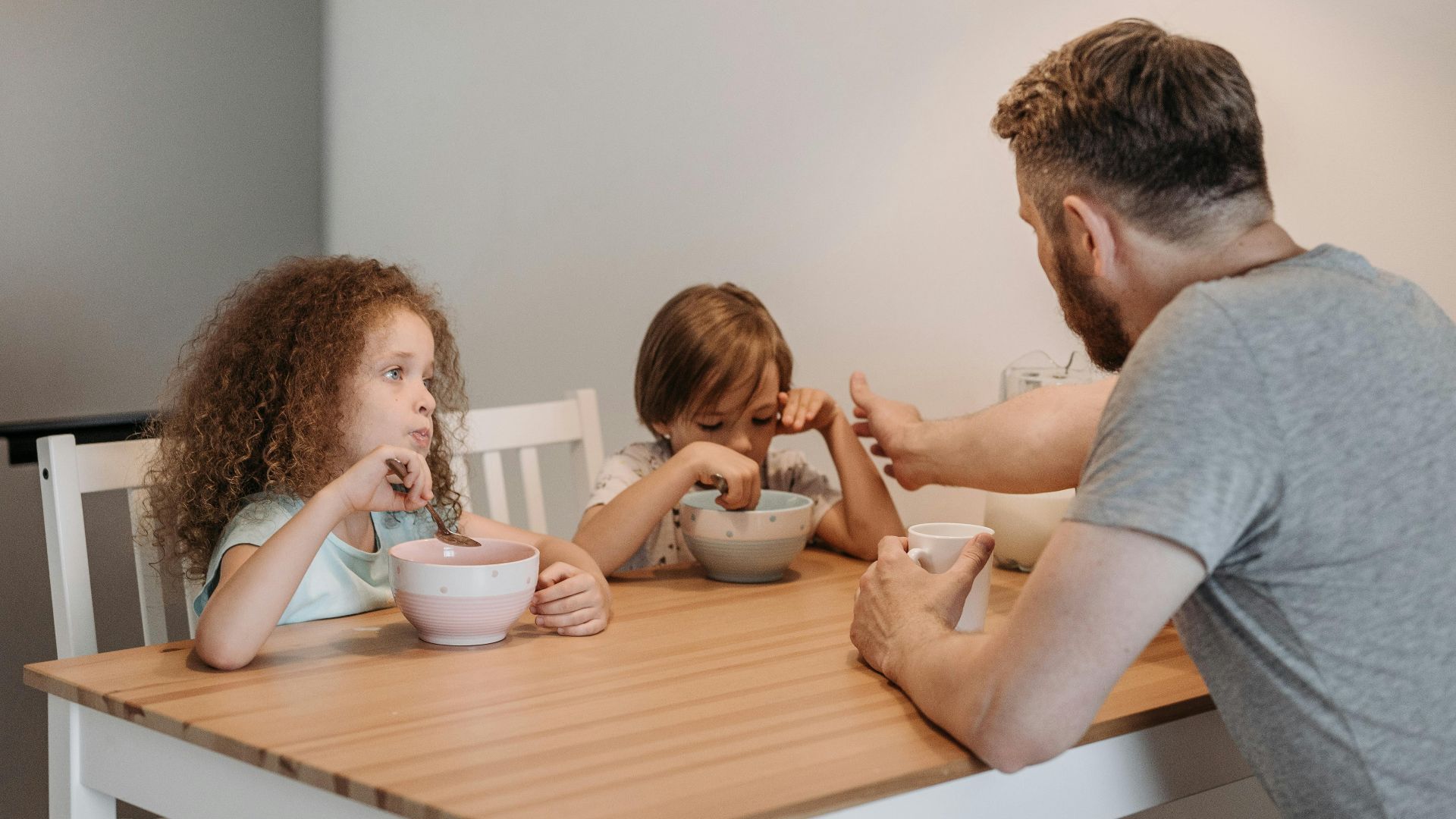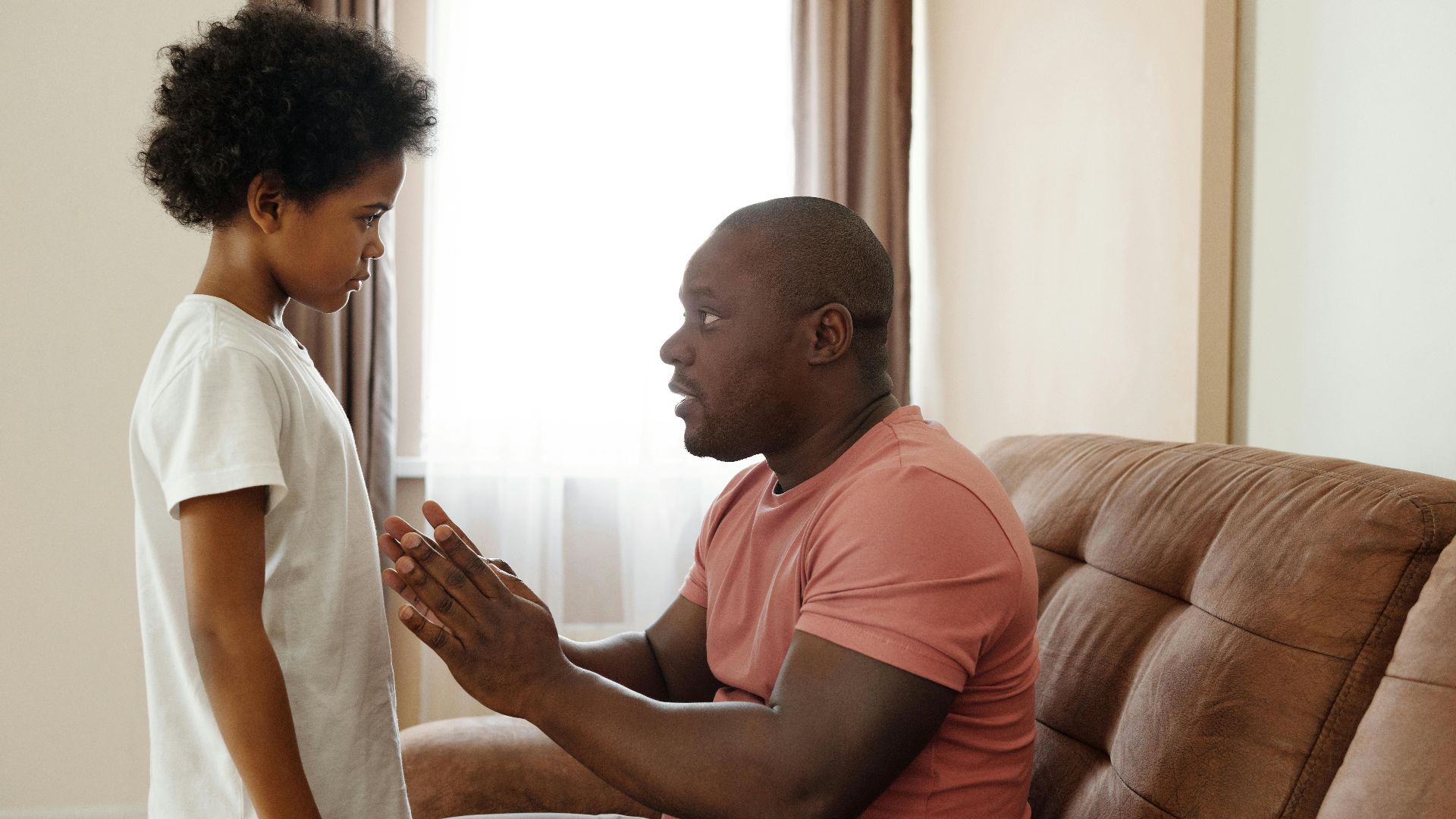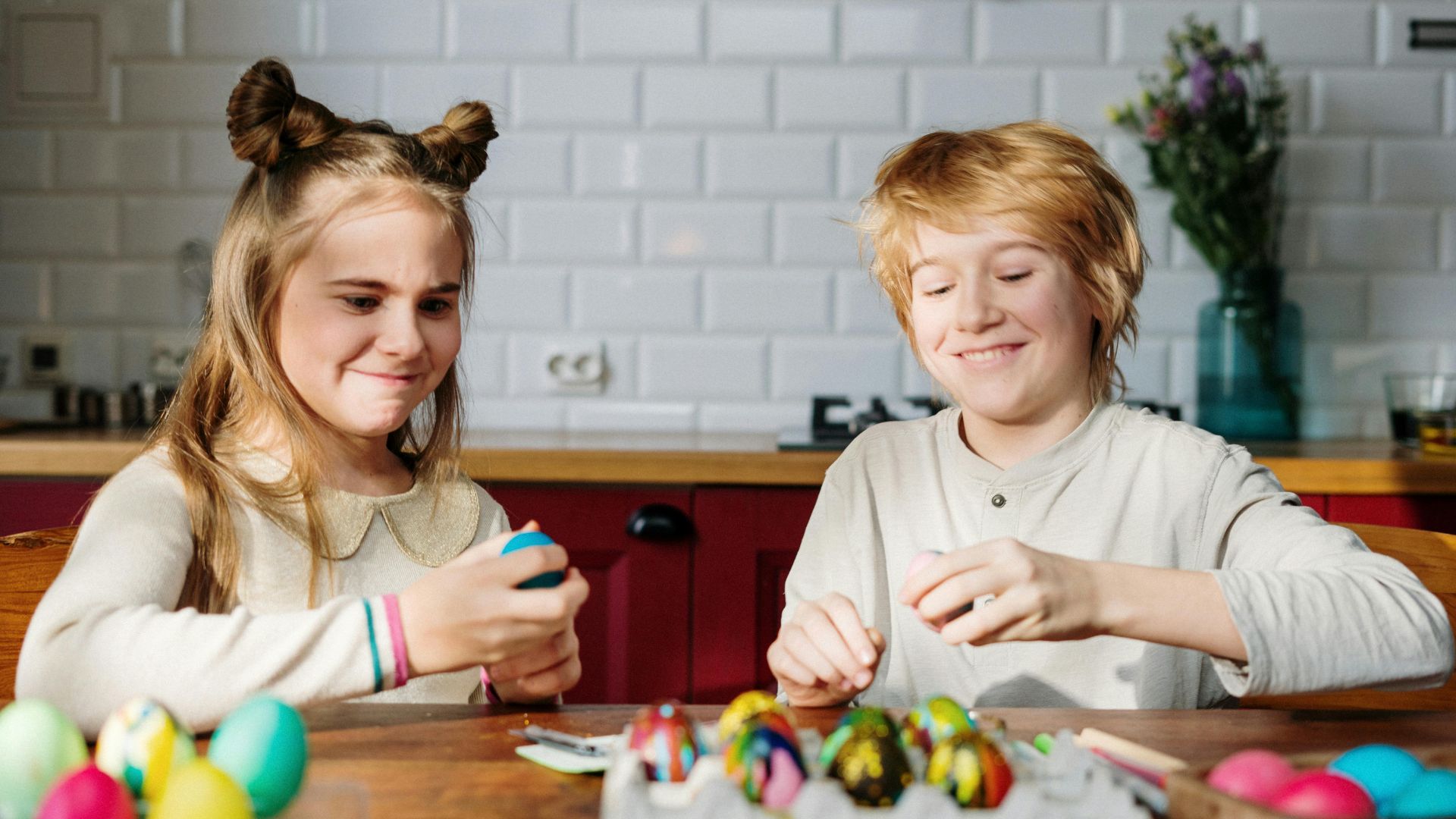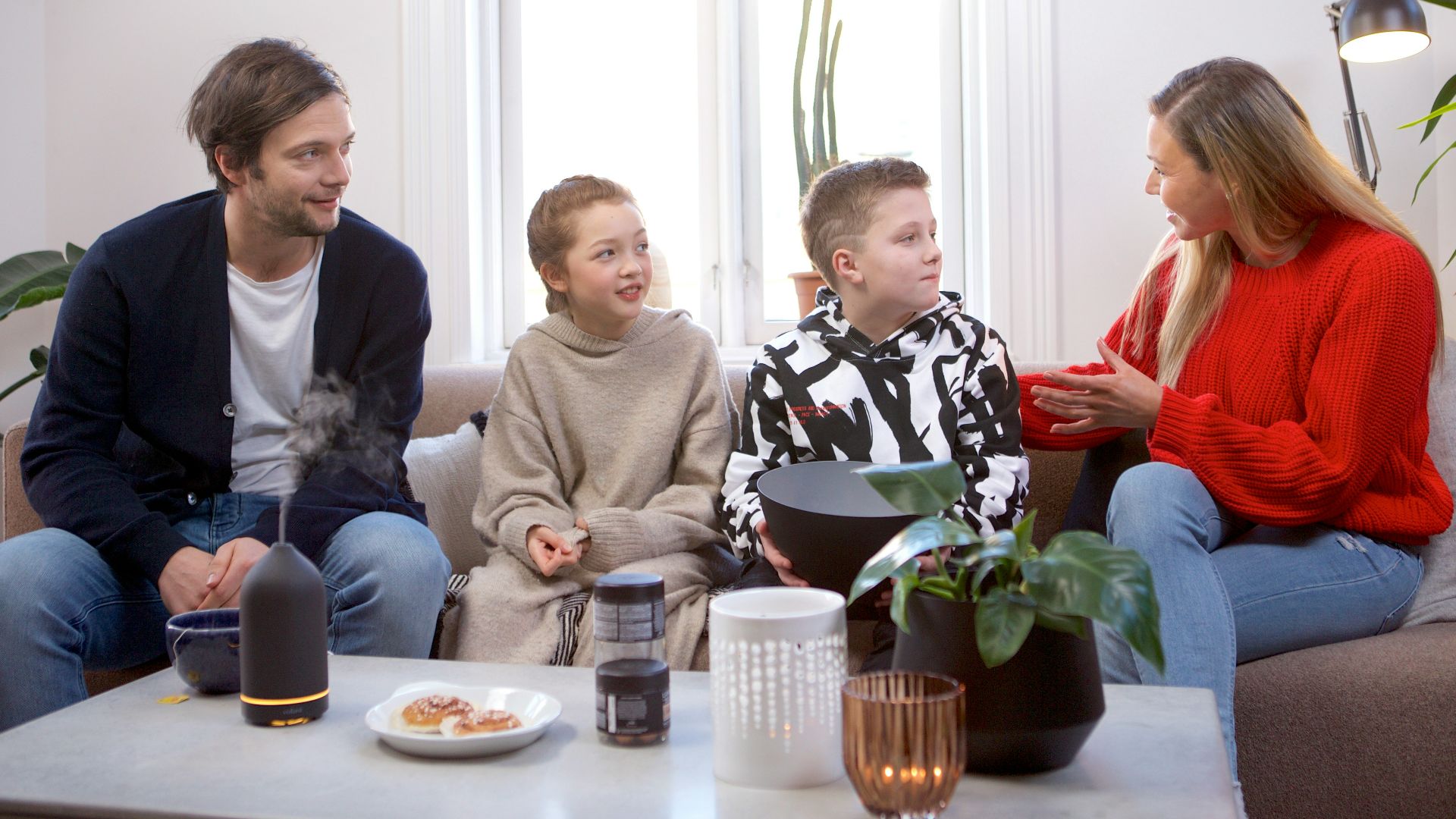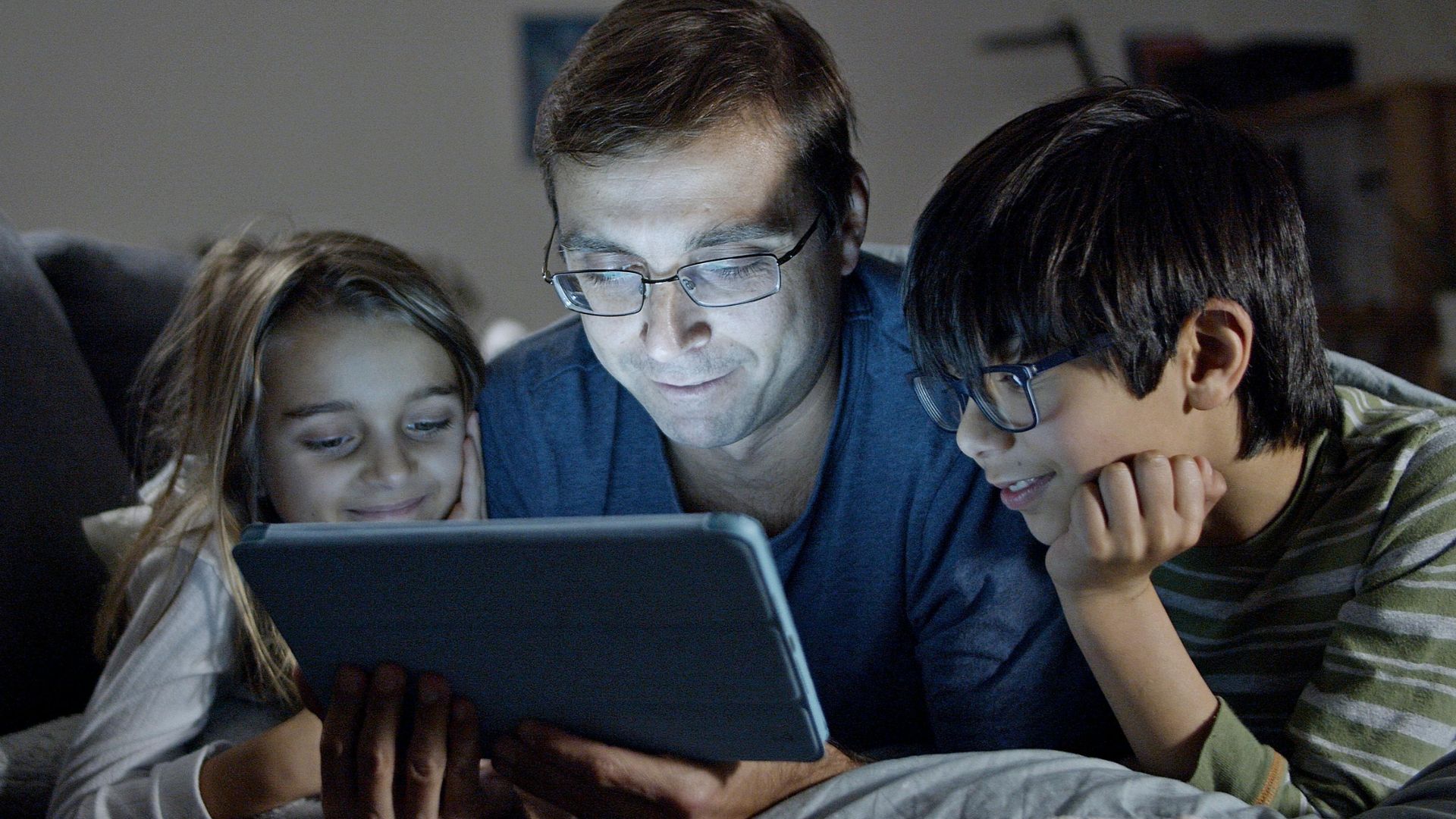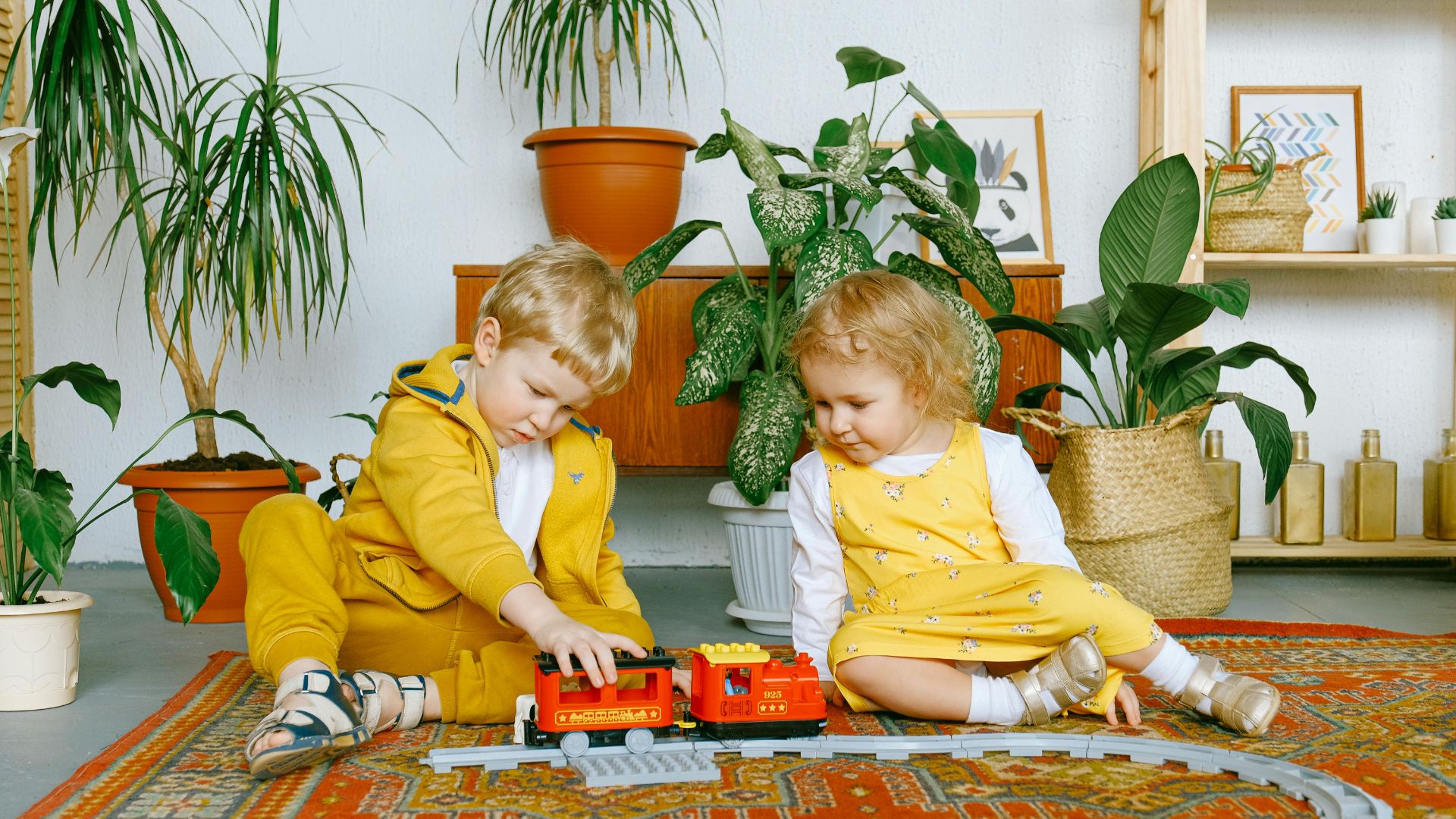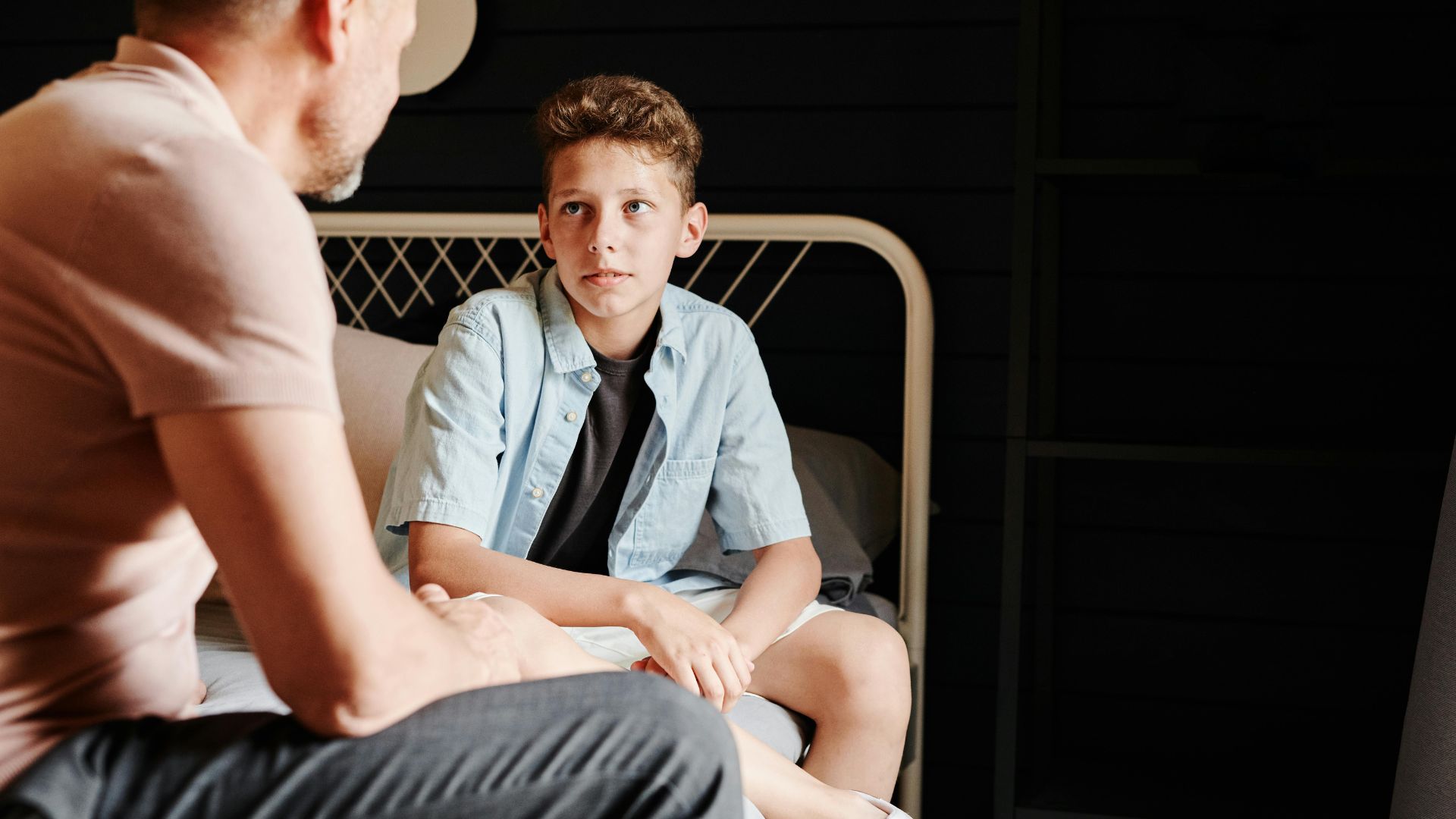The Daily Battleground
Your kids are at it again. The bickering starts before breakfast and somehow continues until bedtime. You've tried everything, or so you think. But here's the thing. Sibling fights aren't random chaos. There's actually a pattern to all this madness, and once you spot it, you can finally restore some peace to your home. Let's start by looking at some common reasons for these arguments.
1. Competing For Attention
When a new bundle of joy arrives, older siblings often discover their inner performer—from angel to troublemaker and everything in between. It's all part of the grand competition for mom and dad's precious attention, especially when one child needs extra parental time and care.
2. Different Personalities
The psychological concept of temperament fundamentally shapes sibling dynamics, with individual personalities driving both harmony and conflict. A child's unique mood, disposition, and adaptability create varied interaction patterns, particularly evident when a laid-back sibling encounters a more emotionally reactive one.
3. Testing Boundaries
Like tiny scientists conducting social experiments, toddlers systematically test boundaries through sibling conflicts and disputes over toy territory. This natural protective instinct doubles as their research methodology, each squabble generating valuable data about acceptable behaviors while building that self-control “muscle.”
4. Developmental Stage Differences
Every child's unique developmental trajectory sets the stage for natural friction between siblings. As older children push toward independence while younger ones seek connection, these contrasting needs form predictable tension points. Birth order further shapes how children respond to these developmental differences.
 Photo By: Kaboompics.com on Pexels
Photo By: Kaboompics.com on Pexels
5. Unresolved Jealousy
At the heart of sibling fights lurks that primal emotion: jealousy. Like a psychological domino effect, it triggers an escalating cascade, be it subtle competition for parental praise or heated battles over perceived favoritism, sometimes culminating in the classic childhood ultimatum.
6. Lack Of Problem-Solving Skills
Those masterful social skills many adults possess often trace back to childhood arguments with siblings, where parents strategically guided resolution through modeling and open questions. This sibling rivalry proving ground reveals its essential root: developing fundamental problem-solving abilities that many children initially lack.
7. Imitating Adult Behavior
Every parental conflict presents a pivotal choice. Either respond with slammed doors and aggressive shouting, or demonstrate respectful resolution. The path chosen shapes how kids will handle their own disagreements, as they inevitably mirror the behavioral blueprint their parents provide.
 Photo By: Kaboompics.com on Pexels
Photo By: Kaboompics.com on Pexels
8. Power Struggles
The primal urge to be "boss" drives siblings into strategic showdowns, with each child maneuvering to control everything, like TV choices and bathroom schedules. This natural rivalry kicks into overdrive when brothers and sisters are close in age or share the same gender.
9. Stress Or Fatigue
A well-rested child tackles sibling interactions with natural grace, while their exhausted counterpart stumbles into emotional minefields. Where balanced energy enables measured responses, fatigue and stress strip away emotional barriers, leaving children prone to volatile outbursts and household conflicts.
10. Perceived Unfairness
Many assume sibling rivalry stems from actual parental favoritism, but the reality runs deeper. Even perceived unfairness can trigger conflicts, especially as school-age children build rigid ideas about equality. This mindset often drives kids to compete intensely over grades, friendships, and sports achievements.
Time to arm yourself with solutions that actually work.
1. Set Clear Family Rules
When family life feels chaotic and arguments erupt daily, establishing clear household rules can change the dynamic. By involving children in setting simple, understandable guidelines during family meetings and posting them visibly, parents create a structure that helps kids grasp expectations.
2. Teach Conflict Resolution
A versatile toolkit of conflict resolution methods equips children with essential life skills. Role-playing exercises build empathy through perspective-taking, while guided discussions strengthen communication abilities. Storytelling sessions spark creative problem-solving, teaching them to brainstorm constructive solutions for disagreements.
3. Offer Individual Attention
It is said that children who receive individual attention become more positive participants in group settings. This change comes from parents taking time to listen to each child's unique perspective and reducing competition through dedicated one-on-one moments, even through simple activities.
4. Encourage Cooperative Play
Through cooperative play, little kids forge lasting friendships while mastering essential teamwork skills like sharing and taking turns. These group interactions naturally spark creativity and problem-solving as kids plan activities together. Besides, role-playing experiences build genuine empathy and understanding.
5. Enforce Natural Consequences
When kids constantly argue, it’s tempting to jump in and fix everything, but stepping back can teach them more. Let them face the natural results of their behavior. If they argue over a toy, the toy gets taken away.
6. Limit Screen Time
Too much screen time can fuel irritability and short tempers, making kids more likely to argue. Overexposure to fast-paced content or competitive games keeps their brains overstimulated, reducing patience and empathy. Set healthy limits, such as no screens during meals.
7. Create Fair Systems
Tick-tock goes the timer, turning toy exchanges into an exciting game of musical sharing. This playful approach makes fairness feel natural and fun, especially when kids help design the rules themselves. Soon, they're mastering the art of taking turns while learning valuable lessons.
8. Praise Positive Interactions
A single "Great job working together!" can bring transformative change, as children beam with pride in their peaceful choices. That initial praise ripples outward, inspiring more cooperative moments and conflict resolution among peers, ultimately weaving stronger social bonds.
9. Separate And Cool Down
While a fired-up brain fumbles for solutions, a cool head clears the path forward. Smart separation gives squabbling kids the space they need, followed by giggly group breathing sessions to shift the mood. Finally, each child becomes their own calm-down curator.
10. Use Humor To Diffuse Tension
A simple, silly face or perfectly timed joke can bring unexpected giggles during heated arguments between kids. These playful moments do more than break the tension. They foster closeness and cooperation. You get an atmosphere where peaceful conflict resolution naturally emerges.


